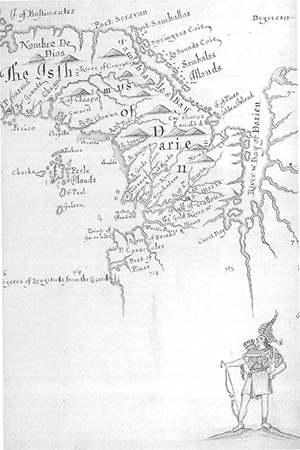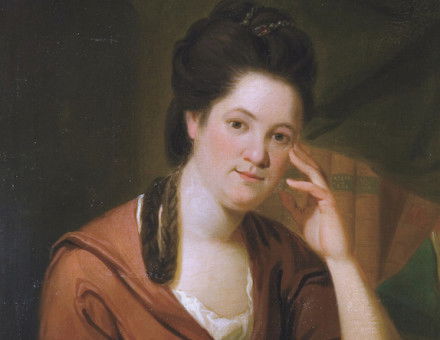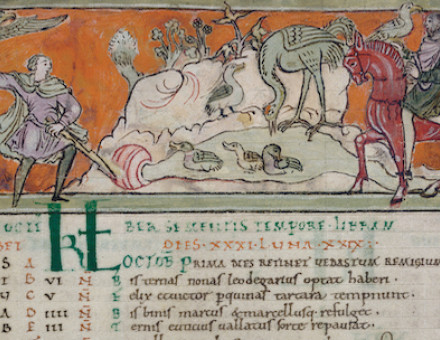The Pirate, the Ambassador and the Map-Maker
When in 1681 pirate Bartholomew Sharpe captured a Spanish ship and with it a detailed description of the west coast of the Americas, he gave English cartographers a field day and won himself an unexpected acquittal. James Kelly explains.

On June 10th, 1682, Captain Bartholomew Sharpe, buccaneer, and two of his crew, John Cox and William Williams, were indicted on charges of piracy and murder in the High Court of the Admiralty. The alleged crimes were supposed to have taken place a year earlier on July 28th,1681, in what are now Ecuadorian waters. Sharpe and his men were said to have boarded the Spanish vessel Rosario about six leagues off Cape Pasado, putting the innocent crew in fear of their lives. First they carried away some sea bread, a hamper of potatoes, 500 bottles of wine and two sails. The ‘said Bartholomew Sharpe did then and there explode and discharge a certain musket’ at the captain, John Lopez, and ‘by the force emitted by the powder’ cause ‘a mortal wound one inch wide and four inches deep, in and on the left side of his body’.





